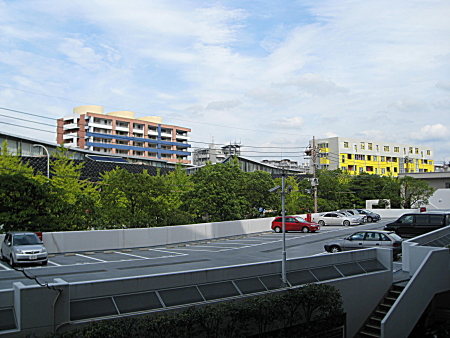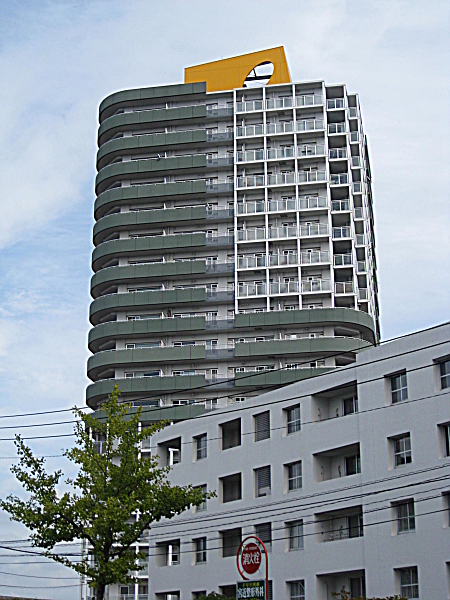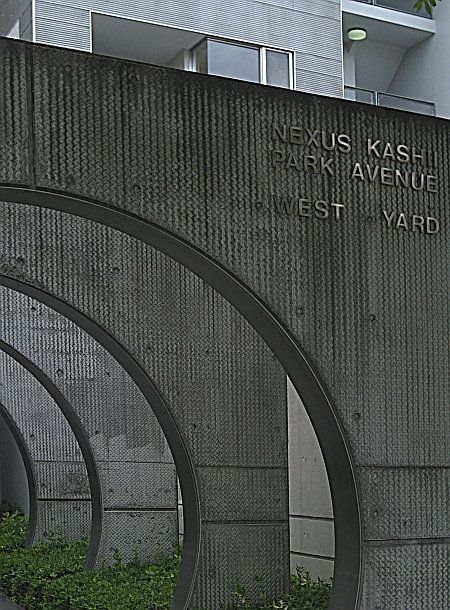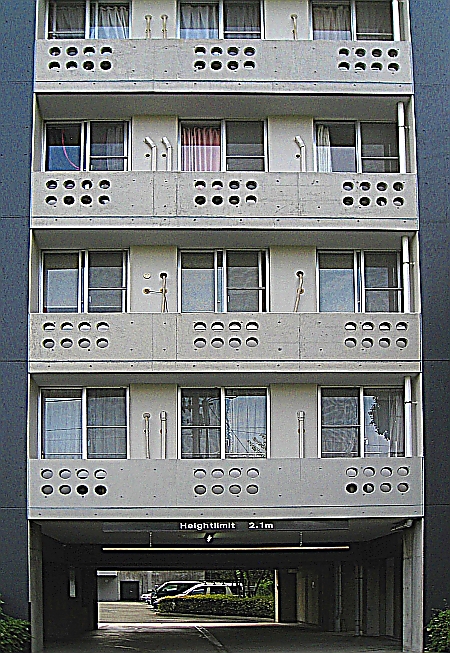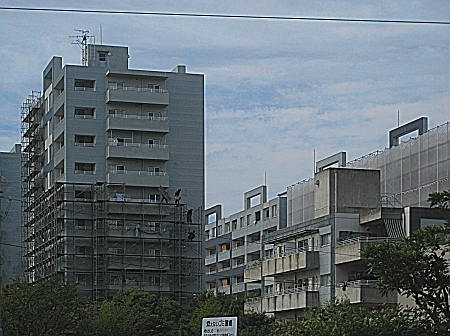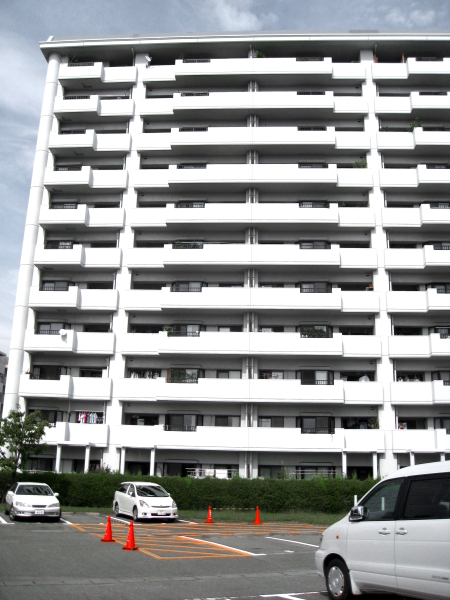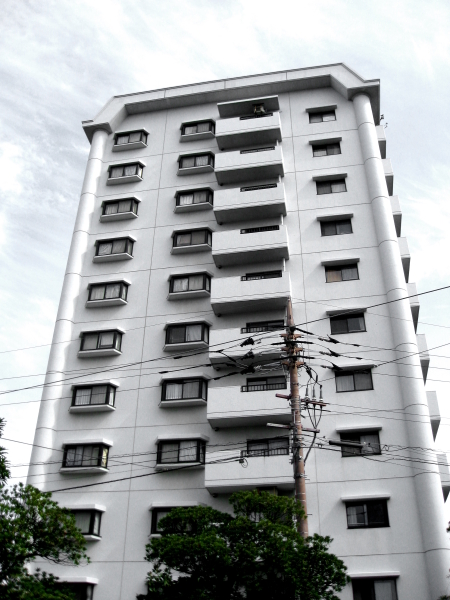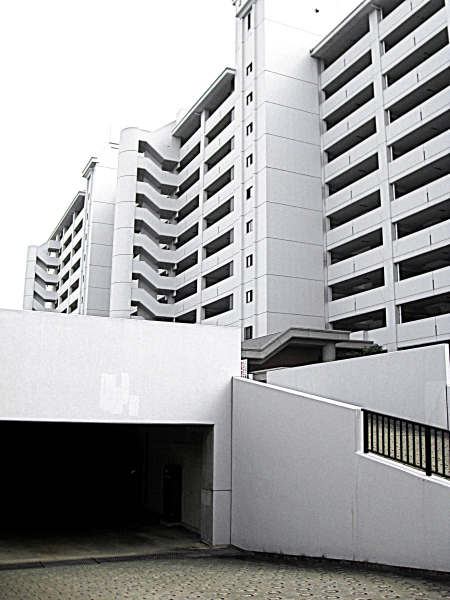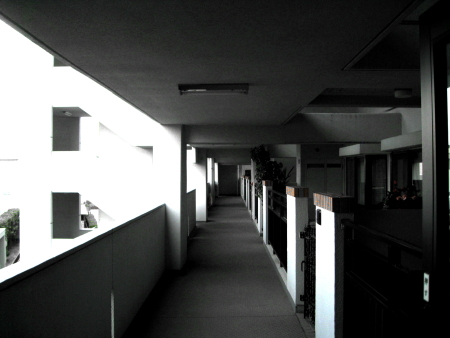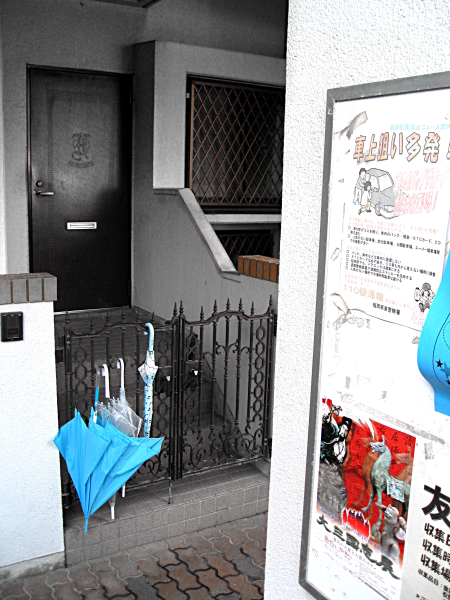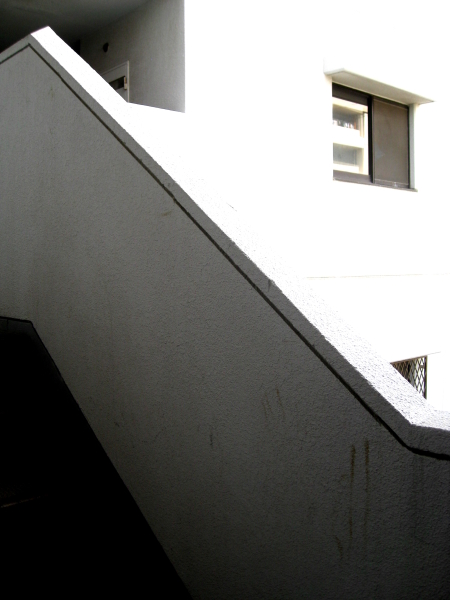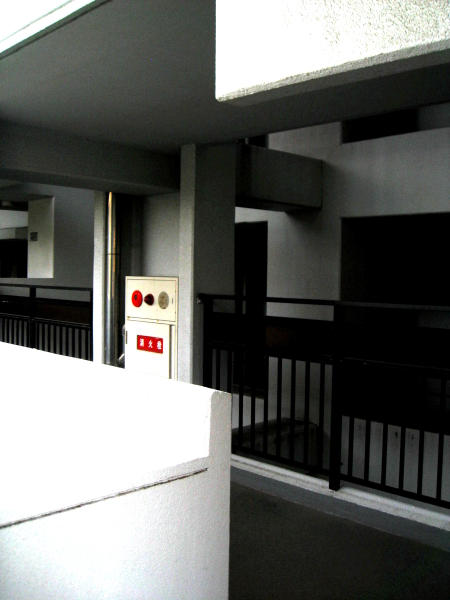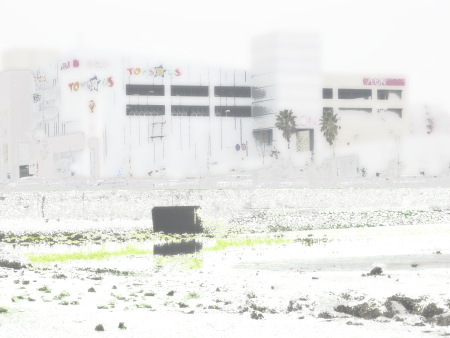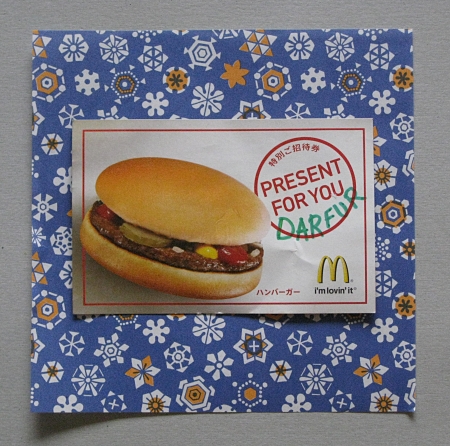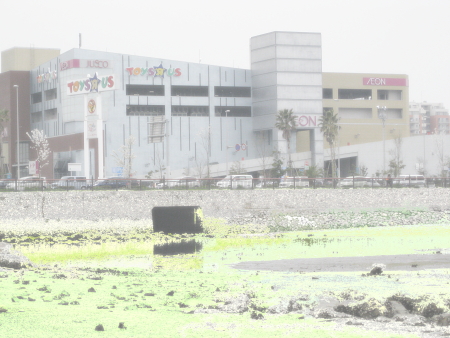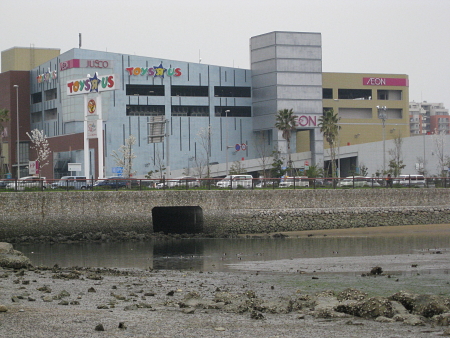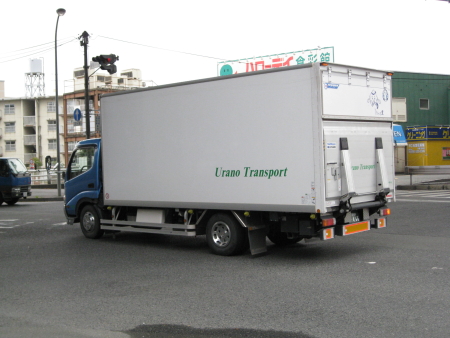
I hereby post the answer to new comments by a reader called Ken concerning the previous discussion about the future use of nuclear energy (please see the preceding posts). Again I think that they give a fairly good overview about the current stage of the discussion.
Ken’s comments are again in light grey blockquotes.
You again misunderstand the concept of a resource peak. It is when the supply and demand curves deviate. Not when the resource runs out.
Hi Ken, thanks for the comments, here my answers:
In the blogpost I wrote: “with the nowadays conventional commercial use of nuclear energy the Uran sources will be finished in about 60 years.”
In my answer to your last comment I wrote:
“..you can put it also like this: it seems to be cheaper to built breeders than to employ more costly exploitation methods.”
So maybe I expressed myself unclear. With “nowadays use sources will be finished” I meant that uranium wont be available anymore for the nowadays use and prices. So this is in particular the case when supply and demand curves deviate. Means: instead of the nowadays use of nuclear energy one will make more and more use of other technology in order to compensate for the higher and higher prices for uranium exploitation. It is clear that there will be in principle still Uranium on earth in 80 years, but it will be harder and harder to exploit it, so one will increasingly built breeders.
U233 is the desired product of the Thorium cycle, not a waste product.
First even if you would use U233 in a closed cycle, I believe that there will always be rests in the reprocessed spent fuel. Secondly to my knowledge up to now there exist only research plants, which are capable of burning U233.
According to world nuclear
India thinks about burning U233 in a three stage process:
* Pressurised Heavy Water Reactors (PHWRs, elsewhere known as CANDUs) fuelled by natural uranium, plus light water reactors, produce plutonium.
* Fast Breeder Reactors (FBRs) use this plutonium-based fuel to breed U-233 from thorium. The blanket around the core will have uranium as well as thorium, so that further plutonium (ideally high-fissile Pu) is produced as well as the U-233. Then
* Advanced Heavy Water Reactors burn the U-233 and this plutonium with thorium, getting about 75% of their power from the thorium.
So according to this plan, next to the uranium-233, plutonium will be produced in a fast breeder. Given that Russia has already problems to burn all of its plutonium from old weapons (half life of Plutonium 239: 24,110 years), it is clear that this creates a plutonium market which wants to feed itself. And just think about the high proliferation risk of plutonium.
I can give the British Jounal of Cancer Research article that shows the inverse correlation between proximity of children to nuclear power plants and the incidence of cancer.
Yes thanks I would like to have a look at it.
When I spoke of cancer causing chemical agents I was not referring to those leaching from nuclear power plants, I was speaking for those from the hundreds of vastly less regulated industries that are in the same areas nuclear power plants are located as well as distrubuted through out the country.
These industries could be a reason for cancer, so it would be important to include the local industries in a study which investigates the causes for a higher cancer risk near a nuclear power plant.
You vastly underestimate the difficulty in containing the witches brew of heavy metals that come form coal burning power plants and claim falsely that it is easier to contain mercury from coal plants, which accounts for up to 40% of all environmental mercury and will stay with us for a very long time. Mercury is only one toxin emmited and rarely contained from coal plants. The waste from nuclear plants is contained. Very little ever makes its way into the environment.
I didnt claim that it is possible to fully contain mercury from coal plants, I just said that there exist mercury filters, which one could think about employing in existing coal plants as a fast measure against blasting all this mercury into the air.
As a matter of fact it seems that also burning forests contribute to the mercury in the air, in this article in a (rather conservative) german newspaper it is claimed that this contribution is far higher than by coal plants.
But again: I am not in favour for coal. In particular if we speak about conventional green house gas emmitting power plants then there is a variety of alternative power plant types, which seem to be less environmentally harmful than coal plants.
And again: in principle one should try to do everything possible to employ renewable energies sources and not greenhouse gas emitting sources.
Although I should feel honored by the attention, your analysis is more polymical than analytical and so I really am just frustrated by your response.
Would I spent all this time answering carefully to your comment if I wanted to be polemical? I surely take your comments serious, last not least one can only test back ones own hypothesis’ in a discussion.
Second comment by Ken:
Here is the problem,
“In short: if mankind is unable to deal with this rapid expansion it probably doesnt matter how we blow up our planet.”
Why do you think this is even possible with commercial nuclear reactors.
The question was how to deal with a rapid population and industrial growth/expansion. The problem is that with or without commercial nuclear reactors at some point the problems regarding the distribution of ressources, let it be food, place, energy etc. will accumulate. And it is very suggestive that there will be wars about scarce ressources. Thats what I basically meant with “blowing up the planet”. Nuclear reactors do not help in solving these substantial problems. On the contrary due to a high proliferation risk, due to a hardly controllable waste problem etc. they just postpone and make the problems worse and rather irreversible. Like if a soil is radioactively polluted then it is lost for a long long time.
Also your argument for “renewables” is not founded on physics. No matter how efficient you think that wind mills will become, they will not provide the power needed. You can debate this, but you will lose. Solar is the same. The cost of these technologies are also (meaning in addition) prohibitive.
I consider solar energy to be a renewable energy. Regarding the costs one has to take into account a lot of things.
Look at the example of photovoltaic solar cells (it is the example I know about best, thats why I prefer to use this example over windmills, hydropower, thermosolar energy, geothermal energy or other renewable energies, but there are similar arguments for these energies). So just as an example: Solar cells used in spain produce electricity which costs roughly as much as electricity produced in conventional power plants. In Germany this looks different, because there is just not so much sun. So one has to look carefully at the local circumstances. The price e.g. for photovoltaic solar cells depends currently highly on the price of high pure silicon which is currently rather high due to the demand for high pure silicon in the semiconductor industry. But first this price is declining and secondly there are now slowly emerging companies who specialize on producing silicon for solar cells (which needs not always be that highly pure). Moreover there is a lot of research going on with other materials for photovoltaic solar cells. So there exists prognosis’ that the price for electricity produced with photovoltaic solar cells will be even in Germany down to conventional energy prices within a few decades. I wrote a bit about solar cells here in this and this post.
We have here also the question of where the money for research went and goes. I still think there should be some money go into research in nuclear energies, however the bulk money should be put into renewable energies and energy saving technologies. There is now a project of a whole city to be built in Abu Dhabi, which will be “fueled” only by renewable energies.
So my argument for “renewables” is definitely founded on physics and even on economical considerations.
Spent fuel rods are DANGEROUS. Stand within a score of meters of one after it has been pulled from a reactor and it will kill you with an absolute certainty. So will standing inside a blast furnace. I do not suggest that you do either. So what? Nearly every home in the Western world, by law, has trace amounts of Americium. It is classic reactor waste. It is probably in your hall way, keeping you safe. Millions of smoke detectors are thrown away in land fills every year. This is the same stuff that the famous radioactive boyscout used to drive his back yard nuclear reactor. I do not advocate being caviler about this, but you definately have expressed a favoritism towards coal over against a technology that is vastly less polluting, not just in terms of heavy metals but CO2 and acid rain.
I again like to point out that I am not in favour of coal.
It is safe and efficient and you would prefer that we put up windmills that are inefficient.
What means safe? With any technology you may have problems and sometimes life-endagering problems. The question is just, where do we expect more problems and where is a higher likelyhood of problems. windmills are definitely less dangerous than nuclear power plants, especially on a long term basis. About the efficiency of renewable energies I wrote already above.
Reactor and fuel designs are evolving very rapidly as well. You are using statistics to swat at gnats when there are vultures circling. Compared to the heterocyclic hydrocarbons, heavy metals and other toxins produced by a variety of industrial activities, the trace amounts of radiation that might leak into the environment from nuclear power plants is not harmful.
If a nuclear power plant works as planned then you are right, the traces of radiation should be OK with the given scientific knowledge. But firstly this scientific knowledge may change, like for example the recommended values for an absorbed dose are largely based on scientific studies done in relation to the events in Hiroshima and Nagasaki, so under quite a bit different conditions than the one one has in the case of a longterm dose of a nuclear power plant. Secondly I think the problems due to nuclear waste, accidents (think also of transport) and proliferation are much more important than the radiation of a normal working power plant.
We live in a cocktail of chemicals, how do you so easily single out radiation as the source in any epidemiological study, it seems like it would be very hard.
Where did someone single out radiation as a source?
The childhood cancer study gave no reason or cause for the higher incidence of Leukemia they ust stated that there is a higher risk.
The researchers said (but that was not part of the study) that given the
allowed radiation from a power plant and given the current scientific knowledge of a harmful absorbed dose one shouldnt get a higher Leukemia risk by living near a power plant. But the study says that there is a higher risk. So in short: There s a higher risk, but nobody knows why.
A good indication wether radiation is the source for that higher Leukemia risk would be to look wether the occurences of Leukemia are spatially homogenously distributed, but maybe they do not have not enough samples for that. I dont know.
People get worried about harmful isotopes within fuel rods but drink organo-mercurial compounds without a second thought. They fret about radiation causing the leukemia around Sullifield, even after it is demonstrated that the real culprit was munitions manufacturing during WW II.
I didnt look into that case.
Is it better to figure out a way to clean up the chemicals or get rid of the reprocessing plant. I’ll bet if you did the later it wouldn’t affect out comes that much. but would cost resources that may be better spent attempting the former, I’m just guessing.
You won’t get rid of the reprocessing plants. Reprocessing plants are used in order to reuse parts of the spent fuel, you could e.g. use reprocessed uranium in a fast breeder or plutonium in MOX fuel.
If you shuttered the nuclear plants you would replace them with coal fired ones. Would that be a step in the right direction? You believe that you are doing the right thing in your opposition to nuclear power, are you?
The share of nuclear energy is currently about 6% of the total worldwide energy consumption. Alone better energy saving would reduce the energy comsuption by far more than 6%, so you wouldnt need to replace them with coal plants. On average. What do I mean by on average? This means that also if you have to built a coal plant, because you couldnt provide renewable energies fast enough to substitute the need of electric currency at a particular location (a location where you switched off a nuclear power plant) and because you dont have the money for a cleaner conventional green house as emmitting power plant (one could see this as an international task to help developping countries in avoiding to employ coal plants) then there should be a coal plant saved somewhere else, where energy saving and renewable energies were already efficiently employed.
Yes at the moment I think I am doing the right thing in opposing commercial nuclear power, but I am also very concerned about the global warming (see eg here, so in particular i see keeping up nuclear research as a fall back option in case global warming would lead to a series of survival-of-mankind-threatening effects. But currently this is not the case. So as I already wrote at the moment I think nuclear energy is rather counter productive in solving the problems and I am not suggesting good old coal as the preferred substitute.

